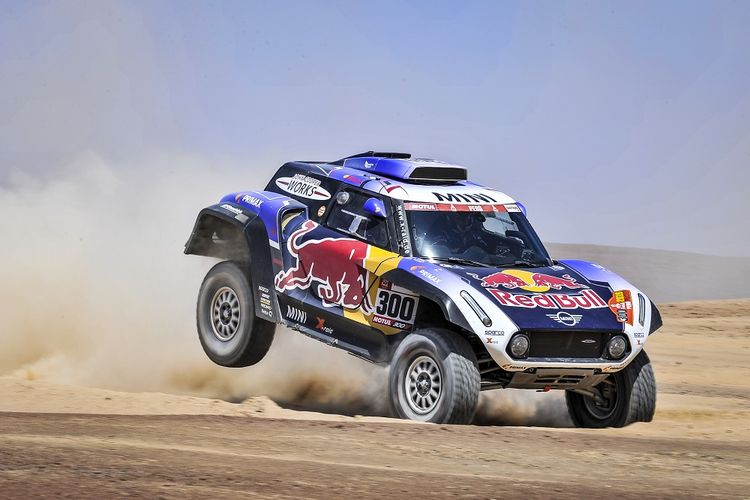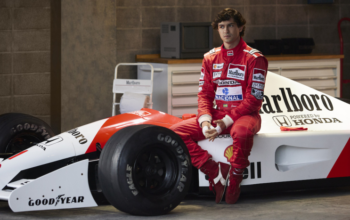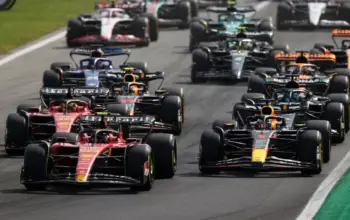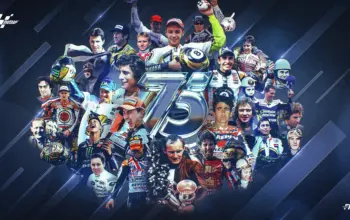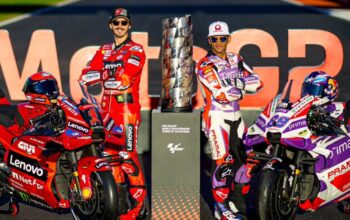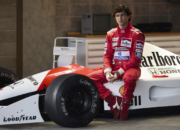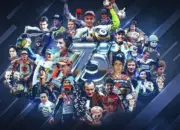Uzone.id – January is the time for the racer and the most powerful vehicle to show off in the Dakar Rally. This race makes Europe and Africa a track with a distance of more than 7,000 km that starts in Paris and ends in Dakar.
The racers will be treated to beautiful and challenging desert views. The Dakar Rally has become one of the most popular and fiercest races.
Reasons why the Dakar Rally is the most violent race
One of the reasons why the Dakar Rally is said to be the fiercest race is because of what happens on the track. Racers must have physical abilities that are far above average.
They will cross a very hot desert with sandy and rocky roads. If something happens, then they also have to repair the vehicle. Therefore, this race tests the physicality and abilities of the racers.
Driving a vehicle in the middle of a hot desert and rocky and sandy roads may not sound like an easy activity. The racers have to cross the desert under the hot sun and the dust and sand that always accompany them. This is different from other races which are held on a track or circuit that has been provided and meets the standards for racing.
The terrain that the competitors traverse is much more difficult than a conventional rally.
The vehicles used are usually true off-road vehicles, not modifications. Off-roading includes crossing dunes, mud, camel grass, rocks, and other difficult terrain.
The distance for each stage varies. But it can reach 800–900 kilometers per day. It’s not surprising, because this rally is between countries with a distance of thousands of kilometers to cover. Rough terrain and lack of skills usually result in accidents and serious injuries.
Apart from challenging your guts, the stakes are also your life. Not infrequently only a few survive to the end because of the extreme terrain. This is not just a figment of imagination. In the early days of this event, of the 182 vehicles participating, only 74 survived.
Quoted from the official page dakar.com, the rally was first contested in December 1977. It was a year after Thierry Sabine got lost in the Ténéré desert while competing in the Abidjan-Nice “Cote-Cote” rally in 1975. Since then the desert has been decided as a good location for regular rallies.
However, several years before the desert crossing event was contested, in 1971, former Cream drummer Ginger Baker had used an unproven Range Rover to drive from Algeria to Lagos, Nigeria to set up a recording and jamming studio with Fela Kuti. That’s roughly how the history of this extreme event began.
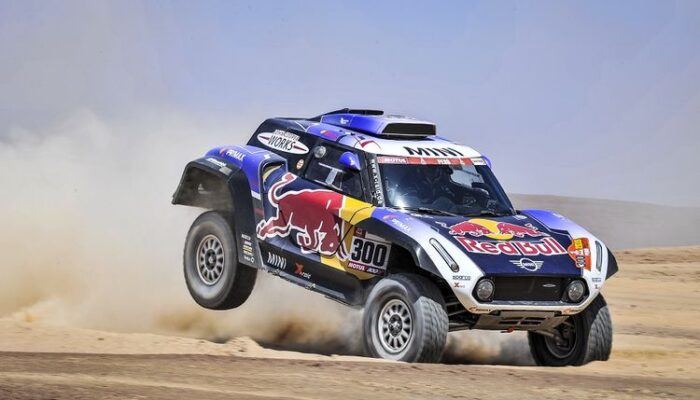
Paris-Dakar Race Category
There are five competitive groups in Dakar. Namely motorcycles, quads, car class (buggy type to small SUV), UTV, and truck class. In addition, there is a new class called classic.
1. Motorbike
This class was introduced in 2005. The motorbikes that are allowed to take part in the Dakar rally are motorbikes with a 450cc limit for twin-cylinder motorbikes. Meanwhile, single-cylinder motorbikes are still an open class with no capacity limit.
2. Quads
Before 2009, quads were a subdivision of the motorcycle category. However, this class was given its classification in 2009 and is designated as Group 3 in the current regulations. The specifications for quads that can compete are two wheels with a single-cylinder engine with a maximum displacement of 750cc or 900cc.
3. Car
The car class consists of vehicles weighing less than 3,500 kilograms which are further divided into several categories.
- Group T1 consists of “Improved Cross-Country Vehicles”, subdivided according to engine type (petrol or diesel) and the drive type (two-wheel or four-wheel drive).
- Group T2 consists of “Cross Country Series Production Vehicles”, which are further divided into petrol and diesel categories.
- Group T3 is for “Light Vehicles”. There is also an “Open” category catering to vehicles that comply with SCORE regulations.
4. Truck
The Truck Class or Group T4 was first run as a separate category in 1980, consisting of vehicles weighing more than 3,500 kilograms. Trucks participating in the competition are further divided into three groups of trucks namely “Series Production” trucks (T4.1) “Modified” trucks (T4.2), and Group T4.3 (formerly known as T5) for the group of rally support trucks.
5. UTV
The UTV category was introduced in 2017. Previously, UTVs were under the car category as class T3. The class quickly gained popularity, and in 2021 it was subdivided into the T3 light prototype category, and the T4 SSV, which are based on production vehicles.
6. Classic
A new Dakar Classic class was introduced in 2021 for cars and trucks manufactured before 2000 or new vehicles built to original specifications before 2000.

